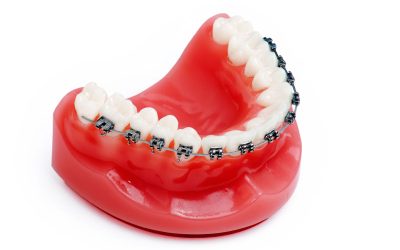While brushing and flossing are the best approaches to preventing cavities, it can also be difficult to clean each nook or cranny of a tooth, especially when it is located farther back in the mouth. Molars, which are the teeth you use to chew, are often the mouth areas where bacteria accumulate or hide.
What Is a Sealant?
To overcome this issue, your family dentist will often suggest a sealant. A sealant is a protective yet thin coating that is made from plastic or another dental material. The dental protectant is designed to affix to the chewing surfaces of the back teeth. While sealants should not be considered a substitute for regular at-home dental care, they can keep the early decay from turning into a cavity.
Dentistry practices such as Smile Solutions PC stress the importance of sealants for children of school age. They support the findings of the Centers for Disease Control (CDC), which states that children from six to eleven years old develop three times more cavities if their teeth are not sealed.
How a Sealant Protects the Teeth
Therefore, your family dentist might liken a sealant to a raincoat for the teeth. When mouth bacteria come into contact with food particles, acids are produced that cause holes in the teeth. However, after a sealant is applied, it prevents bits of food from accessing crevices in the teeth. Therefore, the sealant stops acid and bacteria from settling on tooth surfaces just as a raincoat keeps a person protected and dry.
Both adults and children benefit from having sealants applied. The painless and fast process involves the use of an acidic–type gel after the teeth have been cleaned and dried. The gel roughens the tooth surface so that the sealant will adhere to the grooves of the tooth. A specialized blue light is then used to harden the sealant. Sealants are applied to spots of early decay in some cases to prevent further tooth damage. Because sealants are transparent, your family dentist will monitor the teeth to ensure that the sealants are working. You can also follow them on Twitter.


